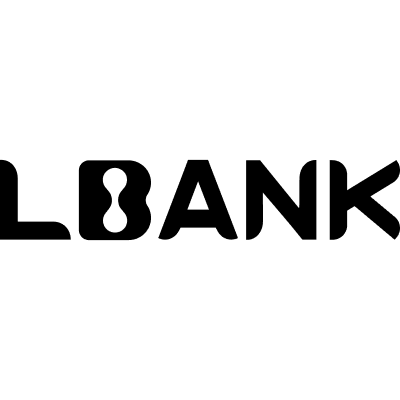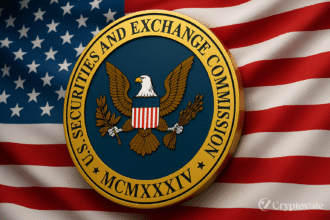– Ad –
| Getting your Trinity Audio player ready... |
South Korea is poised to make waves in the global cryptocurrency market as eight of its largest commercial banks join forces to launch a Korean won-pegged stablecoin. This ambitious project, set to debut by late 2025 or early 2026, marks a significant step toward reducing reliance on US dollar-backed stablecoins like USDT and USDC, which currently dominate 99% of the $239 billion global stablecoin market. The initiative reflects South Korea’s drive to innovate in the digital asset space while maintaining financial stability.
The Consortium Behind the Won Stablecoin
The consortium comprises major financial institutions, including KB Kookmin, Shinhan, Woori, NongHyup, Industrial Bank of Korea, Suhyup, Citibank Korea, and Standard Chartered Korea. Supported by the Open Blockchain and Decentralized Identity Association and the Korea Financial Telecommunications and Clearings Institute, the project aims to create a stablecoin that aligns with South Korea’s economic goals. By pegging the token to the Korean won, these banks seek to offer a locally relevant alternative to foreign stablecoins, fostering greater adoption of digital assets within the country.
How the Won Stablecoin Will Work
The project is exploring two issuance models to ensure reliability and trust:
- Trust-Based Model: Customer funds will be held in segregated accounts, ensuring transparency and security.
- Deposit-Linked Model: Each stablecoin will be backed 1:1 by bank deposits, guaranteeing its value remains stable against the Korean won.
These models aim to provide flexibility while adhering to strict regulatory standards. The Bank of Korea is closely involved, advocating for a phased rollout through regulated financial institutions to safeguard the nation’s financial system.
Why This Matters for South Korea
The won-backed stablecoin initiative comes at a time when South Korea is strengthening its position as a global leader in technology and finance. The country’s new leadership supports the project, viewing it as a way to enhance financial inclusion and streamline digital transactions. The proposed Digital Asset Basic Act will further provide a regulatory framework, ensuring consumer protection and market stability. By offering a stablecoin tied to the national currency, South Korea aims to reduce dependence on foreign currencies in the crypto space, potentially lowering transaction costs and boosting local blockchain innovation.
Challenges and Opportunities
While the project holds immense promise, it faces challenges. Critics highlight potential risks, such as capital outflows or impacts on monetary policy, as the stablecoin could alter how funds flow within and beyond South Korea. However, the involvement of trusted banks and regulatory oversight mitigates these concerns. The initiative also opens opportunities for South Korea to lead in the global stablecoin market, encouraging other nations to explore similar ventures.
Also Read: From Ban to Boom: South Korea’s 2025 Crypto ETF Roadmap Unveiled
A Step Toward Financial Innovation
The launch of a won-backed stablecoin signals South Korea’s commitment to embracing the future of finance. By combining the stability of traditional banking with the flexibility of blockchain technology, this project could redefine how digital assets are used in everyday transactions. As the consortium moves toward its 2025-2026 timeline, the world will be watching to see how South Korea shapes the next chapter of the global crypto economy.
FAQs
What is a won-backed stablecoin?
A won-backed stablecoin is a digital currency pegged to the Korean won, designed to maintain a stable value and facilitate secure, efficient transactions.
Which banks are involved in the project?
The consortium includes KB Kookmin, Shinhan, Woori, NongHyup, Industrial Bank of Korea, Suhyup, Citibank Korea, and Standard Chartered Korea.
When will the won stablecoin be available?
The stablecoin is expected to launch by late 2025 or early 2026, following regulatory approvals and technical development.
How will the stablecoin benefit South Korea?
It aims to reduce reliance on US dollar-backed stablecoins, lower transaction costs, and promote local blockchain innovation while ensuring financial stability.

















